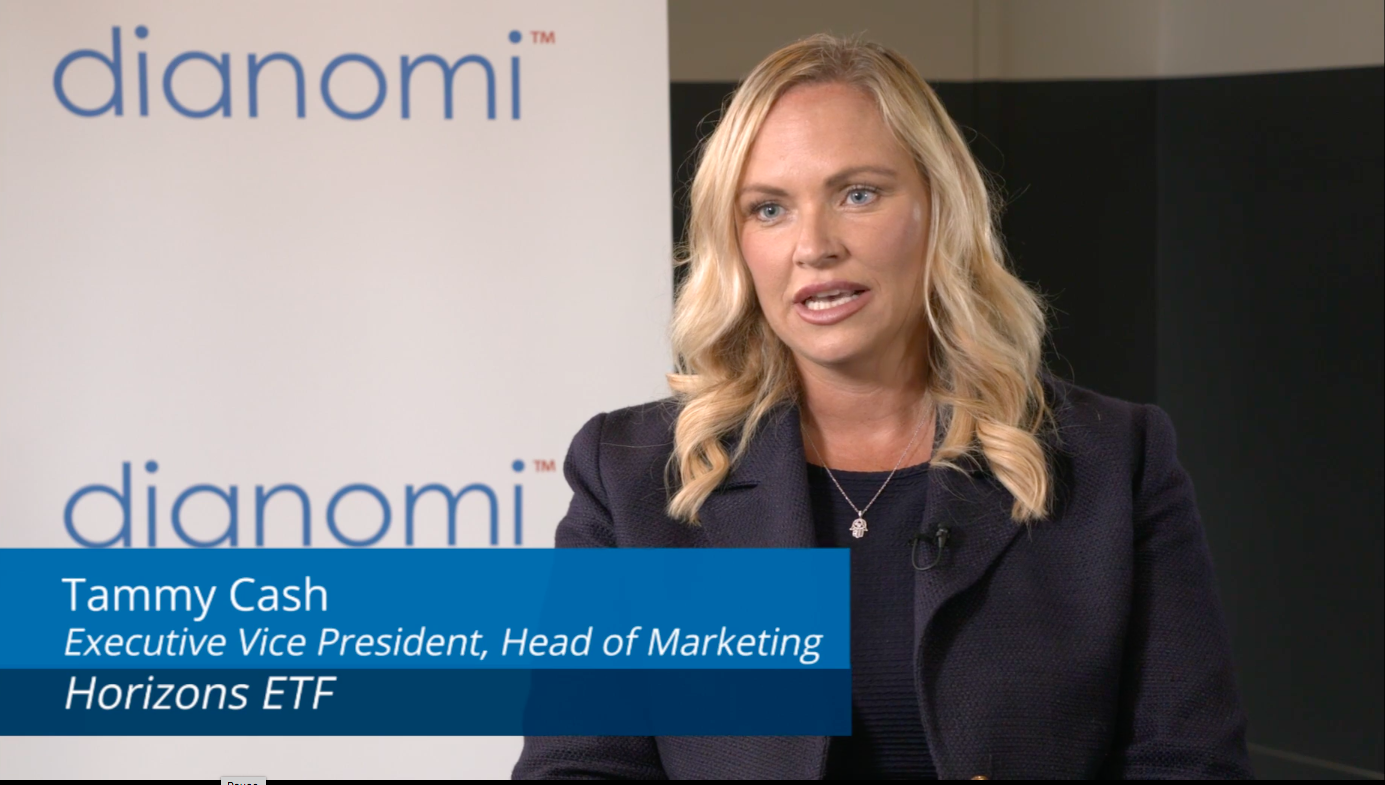Originally posted on MarketingProfs.
By Rachel Tuffney, EVP of US Operations, Dianomi
There’s never been a better time to understand the value of brand marketing. In 2021, people are hyper-aware of how brands are positioning themselves (as well as noting their silence) after the roller coaster of a year that was 2020. Moreover, the regulatory climate is compelling many marketers to find alternatives to third-party data and cookie-driven performance marketing.
At the same time, amid financial uncertainty, marketing leaders must defend every penny of marketing spend as CEOs and CFOs look for direct links between marketing spend and specific KPIs or business outcomes.
Yet, although marketers know it’s hard to measure their brand-building efforts, they also know it is that brand building via brand marketing drives loyalty and it can also lead to new consideration and intent that eventually increases demand.
So, how can marketers justify and defend budget for brand-building?
One concrete answer is to integrate brand marketing activity within a performance-driven campaign. In 2021, winning strategies will calibrate brand with performance execution. The secret weapon is contextual, or native, advertising.
Contextual strategies enable marketers to take brand-building assets and amplify them using performance-based strategies. That approach ensures that a brand’s message and content appear in precisely the right context, including the right environment, and that they are distributed efficiently at scale.
The combination can be an exponentially powerful brand builder.
Brand Marketing Within a Contextual Strategy
One approach is to deploy high-quality brand assets—whitepapers, infographics, e-books, or explainer videos—as part of a native content campaign. A contextual strategy allows for distribution of in-depth content—for example, service-oriented educational pieces from a financial services brand aimed at a first-time life insurance buyer—to the right audience (let’s say males age 40+) in the right environments (in business publications).
Most important, instead of using a standard cost-per-thousand impressions (CPM) KPI, marketers can measure branded content via a cost-per-click metric in native. That’s a double win: Brand-building creative is delivered via targeted and measurable contextual platforms (wherein the brand pays only for the delivery that sparks a consumer engagement).
As privacy regulations go into effect and upcoming algorithm changes from big tech platforms force brands to rethink their reliance on legacy cookie-based targeting strategies, companies would do well to weave native content into the mix. People are hyper-aware of a company’s voice and reputation. They can quickly differentiate between meaningful and performative social responsibility initiatives, and that’s just as true for business-forward companies as it is for consumer-facing brands.
Contextual distribution strategies with a cost-per-click goal enable businesses to combine levels of quality control, audience targeting, and context that aren’t possible by relying solely on programmatic.
The combination of brand and performance can be an exponentially powerful brand builder—especially as a means to market effectively in an era when we’re still not back to a world of in-person events or business lunches.
Opting for the Right Context
The onset of the pandemic threw the world into anything-but-business-as-usual conditions. Companies and advertisers were quick to pull ads to avoid placements next to COVID-related content, leaving media publications hurting from ad revenue loss just as media consumption was at a high point.
The winners were the brands that didn’t pump the breaks on their marketing, but instead pivoted their creative to hit the right contextual note. Some financial companies, for example, offered timely advice on shifting investment strategies to account for volatility. Other companies, such as location data company Unacast, provided pro-bono data to reinforce the importance of social distancing as an essential measure in fighting COVID-19.
If we learned anything from the Stop Hate For Profit campaign against Facebook last summer, it’s that brand loyalty is on the line across the industry.
In short: identifying the right content is the first major step, followed by the context in which it is delivered.
Synergy of Performance and Brand Marketing
Despite the dynamics of the current climate, marketers are expected to deliver immediate ROI. Now is the time to reassess KPIs, marketing tactics, and creative toolkits, and to consider adding different delivery methods and measurement, such as cost-per-click options, to CPM-based campaigns.
Customers are paying close attention to the behavior, posture, position and positioning behind a brand message, and marketers need to prioritize methods that grant customers more control. Contextual or sponsored content can be a smart supplement or alternative to automated tactics to ensure brand messages are pulling through in a safe, premium environment.
As society struggles with COVID-19 and vaccines that signal light at the end of the tunnel, a strong brand message and presence are critical for companies to maintain customer loyalty. Service-oriented and authentic brand marketing can be important air cover that also influences customer acquisition and retention.
Using the right performance-based tactics to catapult pressing, engaging, and authentic native content in a premium, contextually relevant environment—and in front of the right audience at precisely their moment of interest—is a powerful way to augment campaign plans and deliver meaningful results.




















